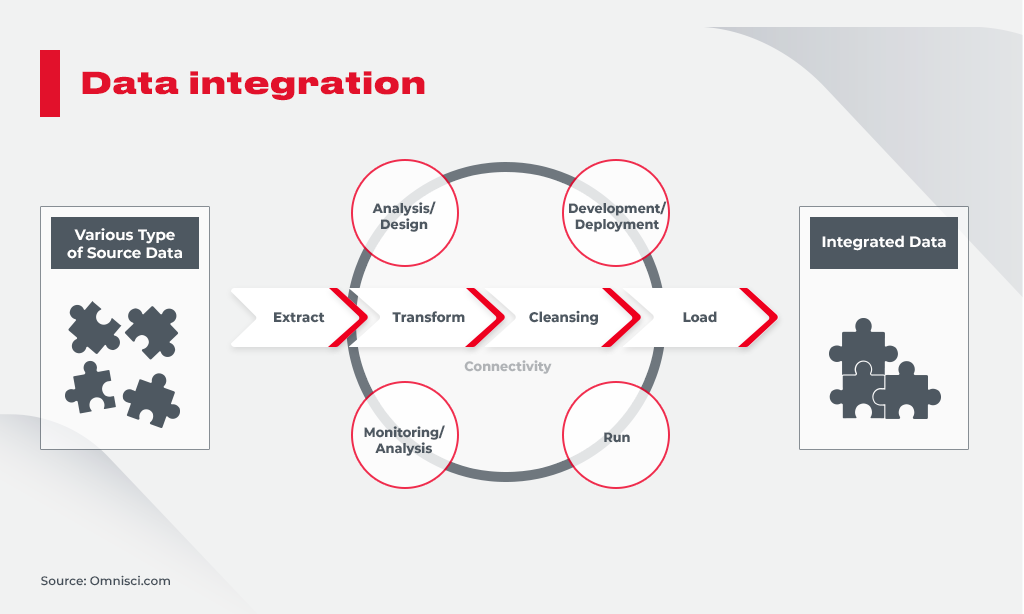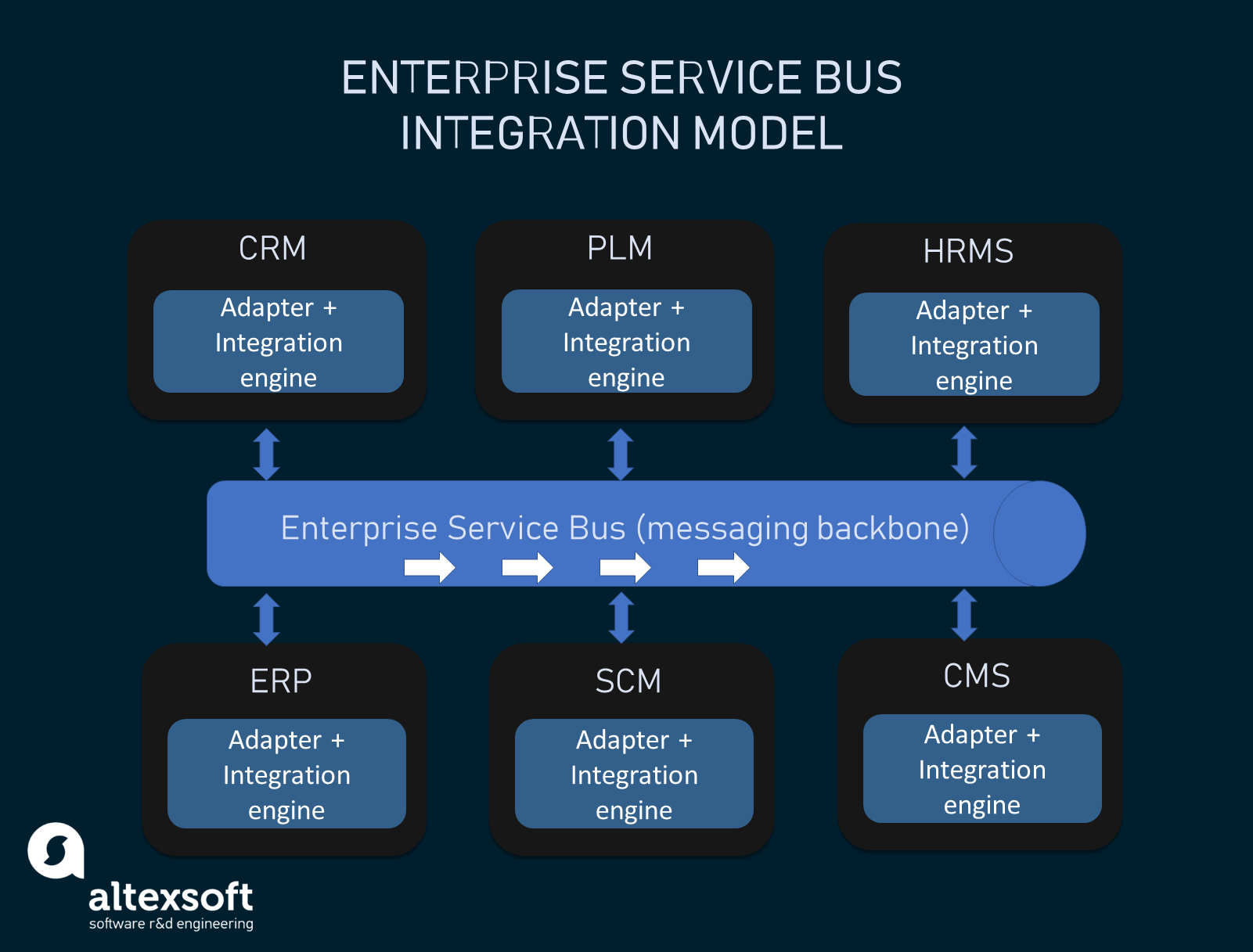
Integrating ACESection with Existing Systems and Processes: A Guide to Seamless Transition
Adopting ACESection, a powerful tool for managing and delivering digital content, can bring significant benefits to your organization. However, integrating it effectively with existing systems and processes is crucial for maximizing its impact. This article will provide practical tips to ensure a smooth transition and optimize your ACESection implementation.
1. Understanding Your Existing Landscape:
Before embarking on integration, conduct a thorough assessment of your current systems and workflows. Identify key processes involved in content creation, management, distribution, and analytics. This helps you pinpoint areas where ACESection can add value and map out integration points.
2. Define Your Integration Goals:
Clearly articulate what you want to achieve through integration. Do you aim to streamline content workflows, enhance data insights, or automate tasks? Defining your objectives will guide your approach and ensure that the integration aligns with your business needs.
3. Leverage API Connectivity:
ACESection’s robust API enables seamless communication with your existing systems. This allows you to automate data exchange, synchronize content, and access valuable insights. Explore the API documentation and identify the specific endpoints relevant to your integration goals.
4. Consider Data Migration:
If you have existing content repositories, you’ll need to migrate them into ACESection. Develop a comprehensive data migration plan, ensuring data integrity and consistency. Leverage tools and strategies to minimize downtime and ensure a smooth transition.
5. Optimize Workflows:
ACESection offers features that can streamline your existing content workflows. Identify tasks that can be automated or simplified using ACESection’s tools, such as content scheduling, versioning, and approval processes. This reduces manual effort and improves overall efficiency.
6. Train Your Team:
Proper training is essential for successful integration. Familiarize your team with ACESection’s features, functionalities, and integration points. Provide hands-on training and resources to enable them to effectively utilize the platform.
7. Leverage Third-Party Integrations:
ACESection integrates with popular third-party tools and platforms, such as marketing automation systems, analytics dashboards, and CRM software. Explore these integrations to enhance your workflow and unlock additional functionalities.
8. Monitor and Optimize:
Continuously monitor the performance of your integration and identify areas for improvement. Gather feedback from your team and track key performance indicators (KPIs) to assess the impact of ACESection on your overall operations.
9. Seek Expert Assistance:
If you encounter challenges or need specialized guidance, consider seeking help from ACESection’s support team or reputable integration partners. They can provide technical expertise, best practices, and customized solutions.
10. Embrace Agile Development:
Adopt an agile approach to integration. Break down the process into manageable chunks, allowing for iterative testing and feedback. This ensures a flexible and responsive approach, enabling you to adapt and fine-tune the integration as you go.
Conclusion:
Integrating ACESection into your existing systems and processes requires careful planning, clear communication, and a collaborative approach. By following these tips, you can ensure a smooth transition and unlock the full potential of ACESection, empowering your organization with streamlined content workflows, enhanced collaboration, and valuable data insights. Remember, a well-integrated ACESection solution will lead to a more efficient and effective content management strategy, ultimately driving your business success.

